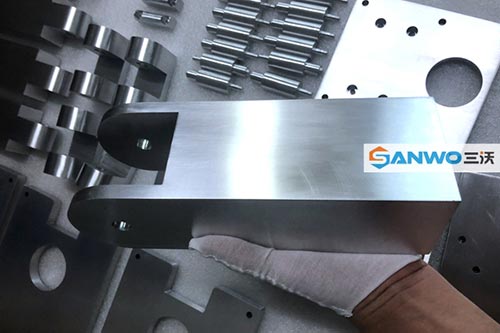The Importance of Sheet Metal Prototyping
Views: 199 Update date: Oct 10,2024
In the realm of manufacturing and product design, sheet metal prototyping plays a crucial role. This process allows engineers and designers to create accurate, functional prototypes quickly and efficiently, paving the way for innovative product development. What is Sheet Metal Prototyping?
Sheet metal prototyping involves creating prototypes using thin sheets of metal. This method is widely used in various industries, including automotive, aerospace, and electronics. Common materials for sheet metal prototypes include:Aluminum: Lightweight and corrosion-resistant, ideal for many applications.
Stainless Steel: Offers durability and strength, suitable for demanding environments.
Copper: Known for its excellent conductivity, often used in electrical applications.
Benefits of Sheet Metal Prototyping
Engaging in sheet metal prototyping provides numerous advantages that enhance the design and manufacturing processes:1. Speed and Efficiency
Rapid Prototyping: The ability to quickly produce prototypes allows for faster iterations and testing.Reduced Time to Market: Shorter prototyping cycles help bring products to market faster.
2. Cost-Effectiveness
Material Savings: Prototyping with sheet metal minimizes waste and optimizes material usage.Lower Production Costs: Quickly identifying design flaws early in the process can save significant costs in later production stages.
3. Accuracy and Precision
High Tolerances: Sheet metal prototypes can be fabricated with tight tolerances, ensuring high-quality results.Realistic Testing: Functional prototypes enable thorough testing of form, fit, and function before mass production.

Applications of Sheet Metal Prototyping
The versatility of sheet metal prototyping allows it to be utilized in various applications across multiple industries:1. Automotive Industry
Component Testing: Prototypes are used to test parts such as brackets, panels, and enclosures before full-scale production.Design Validation: Ensures that designs meet performance and safety standards.
2. Electronics
Enclosures: Prototyping is essential for creating protective enclosures that house electronic components.Heat Sinks: Sheet metal prototypes allow for the development of efficient heat dissipation designs.
3. Aerospace
Structural Components: Used for testing critical parts, ensuring they can withstand extreme conditions.Custom Parts: Facilitates the creation of specialized components tailored to specific aerospace applications.
Best Practices for Successful Sheet Metal Prototyping
To maximize the benefits of sheet metal prototyping, consider these best practices:Early Involvement: Engage engineers and designers early in the process to identify potential challenges.
Use of CAD Software: Leverage advanced design software to create detailed models for accurate prototyping.
Iterative Testing: Conduct multiple rounds of testing to refine designs and improve functionality.
Conclusion
Sheet metal prototyping is a vital process in modern manufacturing that facilitates innovation and efficiency. By embracing this method, businesses can create high-quality prototypes quickly, enabling them to bring better products to market faster. With its numerous benefits and wide-ranging applications, sheet metal prototyping is essential for anyone looking to succeed in today’s competitive landscape.
Prev:What is CNC aluminum used for? Next:Why was aluminum so rare?



